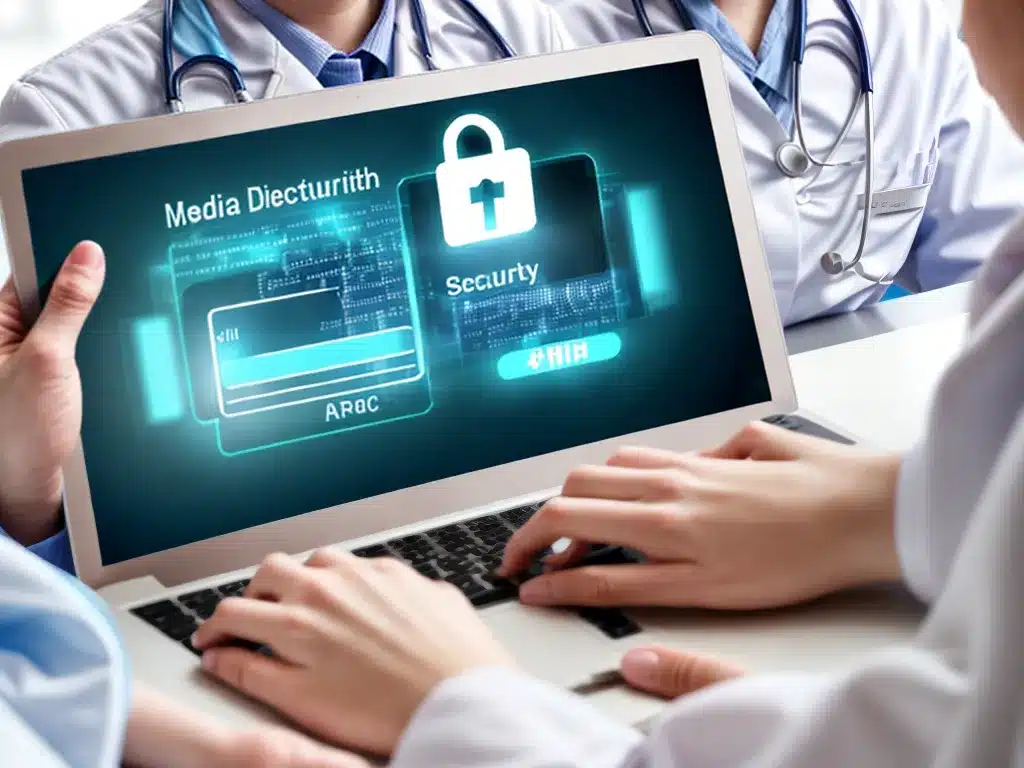
Medical Data Security: Safeguarding Patient Information
Introduction
Medical data security is more important now than ever before. As healthcare organizations digitize medical records and adopt new technologies like telemedicine, patients’ privacy and data security must remain top priorities. In this article, I will discuss the importance of protecting patient health information, evaluate current data security risks and challenges, and overview best practices for healthcare providers to implement robust medical data security programs.
Why Medical Data Security Matters
Protecting the privacy of patient medical records is both an ethical obligation and legal requirement for healthcare organizations under regulations like HIPAA. Patients entrust their most sensitive personal health details to doctors, nurses, and other providers during treatment. Ensuring this data stays private and secure is essential to maintaining patient trust in the healthcare system.
Breaches of medical data can have severe consequences for patients, including identity theft, insurance fraud, and social stigmas if confidential health details become public. Healthcare organizations that fail to adequately safeguard patient data risk heavy fines under HIPAA, lawsuits, and lasting reputational damage. As technology gives more access points to patient data, from electronic health records to IoT medical devices, the risks continue to grow.
Key Threats and Challenges
The healthcare industry faces a unique combination of cybersecurity threats and challenges:
-
Phishing attacks target healthcare employees’ login credentials to access protected systems and records.
-
Ransomware has disrupted operations at hospitals, blocking access to patient data until ransoms are paid.
-
Insider threats from employees intentionally or accidentally mishandling data are also a major concern.
-
Legacy systems like outdated EHR software often lack robust security capabilities.
-
BYOD practices and IoT medical devices introduce new endpoints vulnerable to attack.
-
Third-party risks exist from partner organizations like billing companies needing data access.
These threats, combined with typically limited IT budgets and staff expertise, make medical data security difficult for many providers.
Best Practices for Securing Patient Information
Healthcare organizations can mitigate risks and improve medical data security by taking the following steps:
Implement role-based access controls
Strictly limit access to patient data to only necessary personnel through role-based access controls. This reduces insider threat risks from unnecessary data access.
Use strong data encryption
Encrypt patient data in transit and at rest using protocols like SSL/TLS and AES encryption. This renders stolen data unusable to attackers.
Install security software
Deploy endpoint security software on all devices to detect malware and suspicious activity. Maintain up-to-date patched operating systems and software to reduce vulnerabilities.
Conduct security training
Educate all personnel on best data handling practices through onboarding and ongoing security awareness training. This reduces risks from human error and phishing attacks.
Perform risk assessments
Routinely audit networks, systems, and processes to identify and address vulnerabilities before they are exploited. Third party penetration testing can uncover overlooked issues.
Control third party access
Put contracts and audits in place to govern medical data access by third parties like service providers and business associates. Limit data sharing to the minimum needed.
Looking Ahead
As technology in healthcare continues to evolve, so too will the associated data security challenges. But by making medical data protection a top priority and implementing robust cybersecurity programs, healthcare providers can fulfill their ethical duty to safeguard patients while minimizing risks and liabilities to their organizations. While complex, medical data security is essential for modern patient care.












